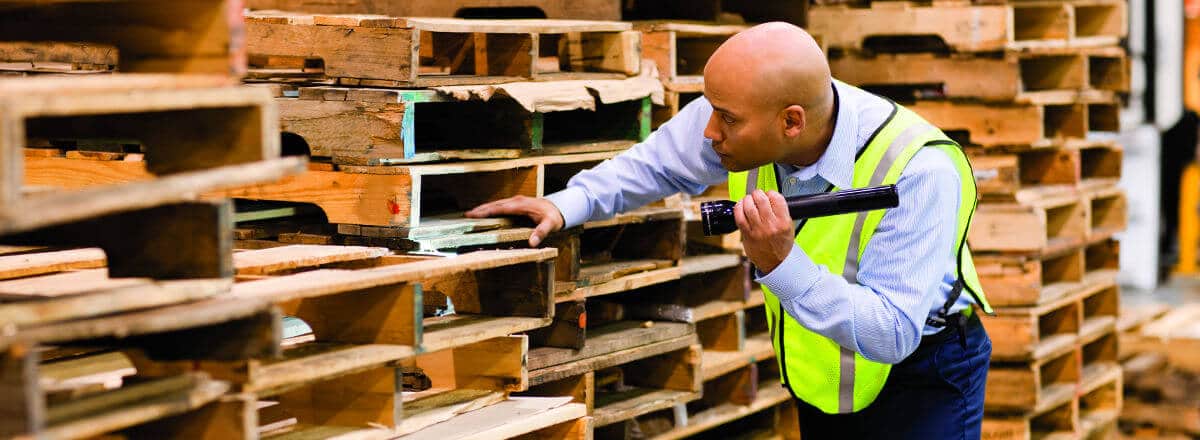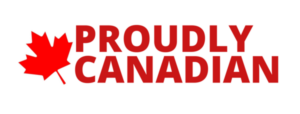Pest Control for Commercial Kitchens and Business Operations
When tackling the issue of pest control, you want to do more than simply eliminate what you see. The best approach to dealing with pests is to monitor, prevent, and eliminate the unwanted invaders, rather than simply react to them. Integrated Pest Management (IPM) takes this approach, tackling the causes behind your infestation. So how exactly does Integrated Pest Management benefit your business?

The Benefits of Integrated Pest Management in your Business
Efficiency
By combining both correction and prevention, IPM works to protect your business and the environment while reducing the risk of pest invasion. This flexible system is adjustable to your specific needs and situation, proven to be effective at reducing the risks related to pesticides
Health
Pest infestations do more than damage the structure of your business. Various pests carry an assortment of disease, and pests such as rodents, cockroaches, and dust mites can be a significant issue for those who are susceptible to asthma and allergies.
By maintaining a pest-free environment, you are creating a safer and healthier environment for yourself, your employees, and your clients.
Environmental Protection
Integrated Pest Management alternative pest-control strategies are less harmful, reducing or even eliminating environmental risks such as pollution and contamination. It also ensures that other species will not be harmed by the treatment.
As a holistic approach, IPM helps your business to identify the root cause of your problem, eliminating the pests and helping to prevent any further infestations. Your business will not only benefit from being healthier and safer, but also from presenting your brand as one that is committed to protecting the environment.
Economics
At first glance, IPM may appear to be rather expensive, as it is a labour-intensive approach to pest elimination. Looking at the long-term benefits, however, it is actually cost-effective. IPM deals with the problem directly at the source, significantly reducing the likelihood of infestations reoccurring in the future. The methods employed by IPM may also see your business benefiting in other ways as well, such as making your building more energy efficient.

What to Expect from Integrated Pest Management
At first glance, IPM may appear to be rather expensive, as it is a labour-intensive approach to pest elimination. Looking at the long-term benefits, however, it is actually cost-effective. IPM deals with the problem directly at the source, significantly reducing the likelihood of infestations reoccurring in the future. The methods employed by IPM may also see your business benefiting in other ways as well, such as making your building more energy efficient.
Understanding
IPM involves a personalized approach, geared toward your specific situation. Each business will have its own needs. For example, while some businesses may be tolerant of the sighting of individual pests and concerned primarily with large infestations, businesses in the food industry cannot afford to take that approach and must be much more aggressive in their response.
Monitoring
Careful monitoring of your pest infestation will be required to gain a full understanding of your particular pest control issue. Through thorough inspection and monitoring, the type and extent of your needs can be properly evaluated.
You are encouraged to monitor such things as evidence of pest presence, pest-conducive conditions, pest entry points, and areas of pest-harborage.
Preventing
The prevention of pest issue development is a primary focus of IPM. This can involve basic steps such as setting glue traps for insects, rodent traps, and more advanced equipment. It will also address aspects of pest prevention, such as proper sanitation and cleaning procedures.
The identification of structural weaknesses and potential entry points is also important to help prevent pests from gaining access to your premises. Locating and repairing holes, gaps, and cracks will greatly reduce the risk of infestation.
Controlling
A wide range of means is available for controlling pests. Physical means, such as adjusting the environment to be less hospitable to specific pests, are combined with mechanical methods like vacuum cleaners and cobweb brushes.
Chemical Pesticides vs Environmental Aware Pest Control
When necessary, chemical methods may also come into play, although IPM programs aim to reduce pesticide usage while exploring chemical-free alternatives. If chemicals must be used, it is done in a very targeted manner to protect both the environment and the health of people and other animals in the vicinity.
Modern pest control must focus on more than the use of pesticides. A more holistic approach is required to provide an effective, ongoing solution tailored to your specific needs and the protection of the environment.
Sign Up For Integrated Pest Management Program
Don’t just react to the presence of pests in your business—take an approach of integrated pest management and enjoy real results.
Set up an Integrated Pest Management program with Solutions Pest Control to keep your business pest-free.
Our team is ready to solve your pest issues, call Solutions Pest Control today!
Or Schedule a Service Call Now!


